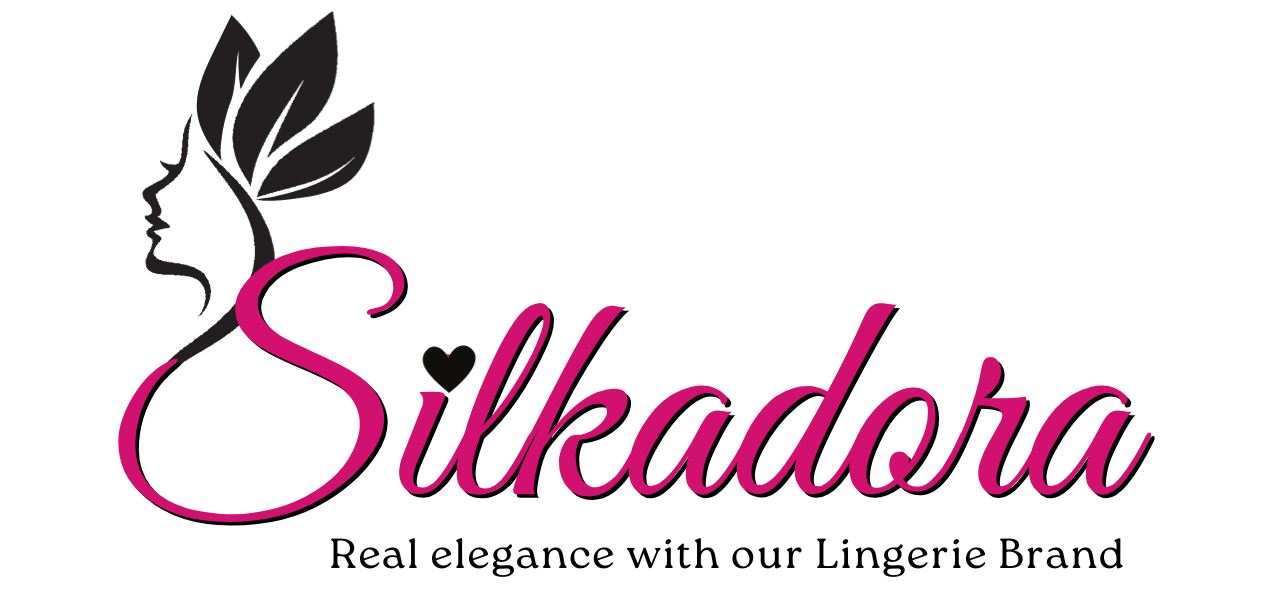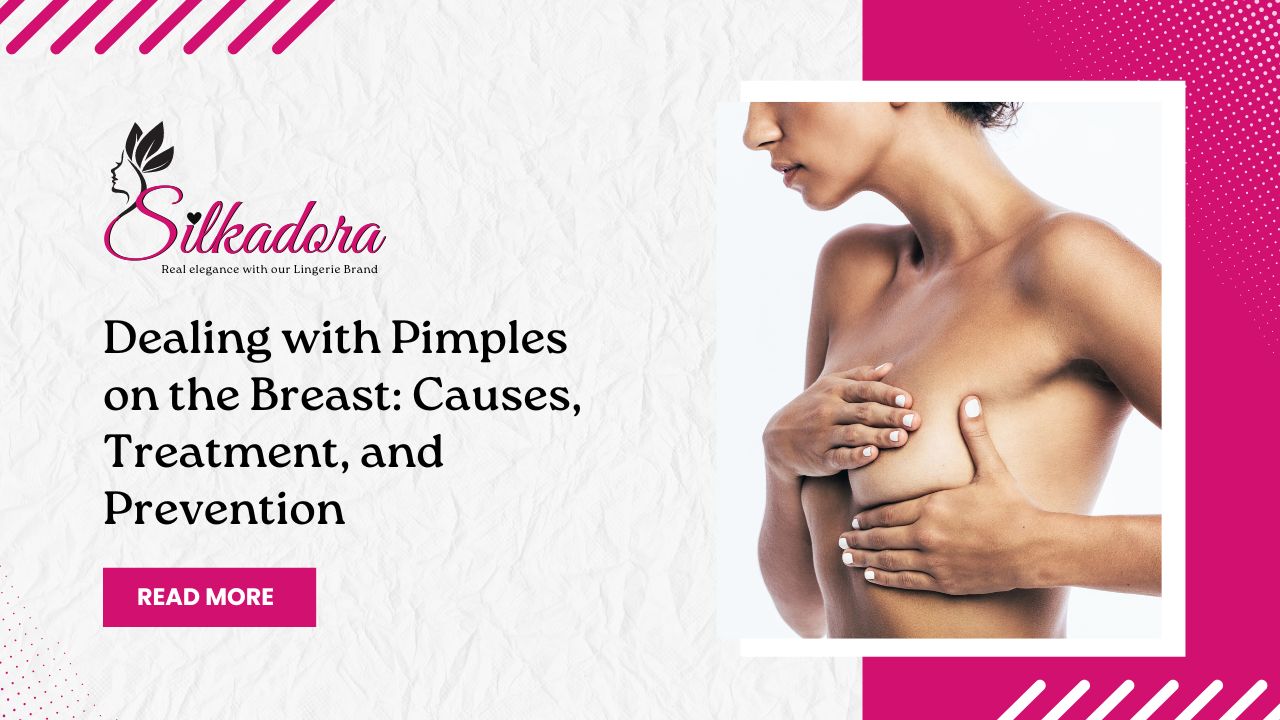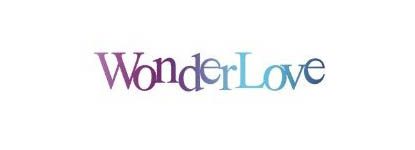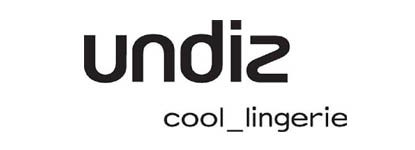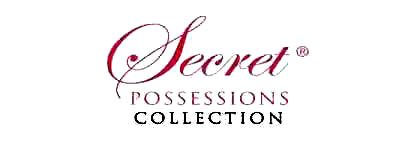Introduction to Pimples on the Breast
Dealing with unexpected guests popping up on your skin? Pimples on the breast can be a surprising and sometimes uncomfortable occurrence. Whether you’re wondering about their causes, treatment options, or prevention methods, we’ve got you covered! Join us as we dive into everything you need to know about those pesky pimples on the breast. Let’s get to the bottom of this bumpy situation together!
Common Causes of Pimples on the Breast
Pimples on the breast can be a common concern for many individuals, and understanding their causes is essential in managing them effectively. One of the primary reasons for pimples appearing on the breast is hormonal fluctuations. Changes in hormone levels during menstruation, pregnancy, or menopause can lead to increased oil production, clogging pores, and ultimately causing pimples.
Another common cause of breast pimples is friction. Tight clothing or undergarments rubbing against the skin can irritate hair follicles and lead to breakouts. Poor hygiene practices may also contribute to pimple formation on the breasts. Sweat, dirt, and dead skin cells can accumulate on the skin’s surface if not properly cleansed regularly.
Furthermore, certain skincare products containing harsh chemicals or comedogenic ingredients might trigger acne flare-ups on the breasts. It’s important to be mindful of what you apply to your skin in that area to prevent further irritation and breakouts from occurring.
In some cases, pimples on the breast can be a symptom of an underlying medical condition such as hormonal imbalances, polycystic ovary syndrome (PCOS), or breast cancer. If you notice persistent or severe breakouts on your breasts, it’s best to consult with a healthcare professional for proper diagnosis and treatment.
Tips for Preventing Pimples on the Breast
1. Wear loose-fitting clothing: Avoid tight bras or clothing that rub against your skin, as friction can irritate hair follicles and cause pimples. Opt for breathable fabrics like cotton to reduce sweat and oil buildup.
2. Practice good hygiene: Make sure to cleanse your breasts daily using a gentle cleanser specifically designed for sensitive skin. Be sure to rinse well and pat dry with a clean towel afterward.
3. Avoid harsh skincare products: Stay away from skincare products that contain harsh chemicals or comedogenic ingredients that can clog pores and lead to breakouts.
4. Keep your hands off: Avoid picking or popping pimples on the breast as this can introduce bacteria and cause infection, scarring, and further breakouts.
5. Maintain a healthy diet: Consuming a balanced diet rich in fruits, vegetables, whole grains, and lean proteins can help regulate hormone levels and reduce the chances of breakouts.
6. Consider hormonal birth control: If your breast pimples are due to hormonal imbalances, talk to your doctor about trying a hormonal birth control method to regulate your hormones and prevent breakouts.
7. Seek medical advice if necessary: If you notice persistent or severe breakouts on your breasts, consult with a healthcare professional for proper diagnosis and treatment. They can help identify any underlying medical conditions and provide appropriate treatment options.
In conclusion, pimples on the breast can be managed by maintaining good hygiene practices, avoiding tight-fitting clothing, and being mindful of skincare products used in that area. If they persist or become severe, seek medical advice for proper diagnosis and treatment.
Treatment Options for Pimples on the Breast
If you’re dealing with pesky pimples on your breast, there are several treatment options available to help clear them up. One common approach is using over-the-counter topical treatments containing ingredients like benzoyl peroxide or salicylic acid. These can help reduce inflammation and unclog pores, ultimately targeting the root cause of the pimple.
Another effective method is applying warm compresses to the affected area. The heat helps to open up pores, allowing any trapped oil and bacteria to be released naturally. Additionally, maintaining good hygiene by gently cleansing the skin with a mild soap can prevent further breakouts.
For more severe cases, dermatologists may recommend prescription medications such as antibiotics or retinoids to address stubborn pimples. It’s important to consult a healthcare professional before starting any new treatment regimen for proper guidance tailored to your specific needs.
Remember that consistency is key when it comes to treating pimples on the breast – be patient and give your chosen method time to work its magic!
Natural Remedies for Pimples on the Breast
When dealing with pimples on the breast, natural remedies can offer gentle and effective solutions. Tea tree oil is known for its antibacterial properties, which can help reduce inflammation and prevent further breakouts. Applying a few drops to the affected area can soothe the skin.
Aloe vera gel is another natural remedy that can calm irritated skin and promote healing. Its cooling effect can provide relief from itching or discomfort caused by pimples on the breast. Simply apply a thin layer of aloe vera gel to the affected area regularly.
Green tea contains antioxidants that can help combat bacteria causing acne on the breast. Using green tea as a toner or applying it topically may aid in reducing redness and swelling associated with pimples.
Maintaining good hygiene practices, such as wearing breathable clothing and showering regularly, also plays a crucial role in preventing future breakouts. Additionally, staying hydrated and eating a balanced diet rich in fruits and vegetables can contribute to overall skin health.
Some essential oils, such as lavender and chamomile, have anti-inflammatory properties that can help reduce the appearance of pimples on the breast. Diluting a few drops of these oils with a carrier oil, like coconut or jojoba oil, and applying it to the affected area can provide relief.
Apple cider vinegar is another natural remedy that has been used for centuries to treat skin issues. Its antibacterial properties can help combat bacteria causing acne on the breast. Diluting apple cider vinegar with water and using it as a toner may help clear up pimples.
Lastly, managing stress levels can also contribute to maintaining clear skin. Stress can cause hormonal imbalances that may lead to breakouts. Engaging in stress-reducing activities such as yoga, meditation, or exercise can help improve overall skin health.
It is important to note that everyone’s skin is unique, and what works for one person may not work for another. It is always best to consult with a healthcare professional before trying any new remedies or products on your skin.
Prevention Tips for Pimples on the Breast
To prevent pimples on the breast, it’s important to maintain good hygiene. Make sure to wash the area gently with a mild soap and avoid using harsh products that can irritate the skin. Wearing breathable fabrics like cotton can help reduce friction and sweat buildup, which can contribute to pimple formation.
Keep your skincare routine simple and avoid using heavy lotions or oils on the chest area that may clog pores. Try not to pick or squeeze any pimples as this can lead to further inflammation and potential scarring. It’s also beneficial to shower after sweating and change out of sweaty clothes promptly.
Maintaining a healthy diet rich in fruits, vegetables, and water can support overall skin health. Avoiding excessive consumption of sugary or greasy foods may also help prevent breakouts on the breasts. Managing stress levels through relaxation techniques like yoga or meditation can aid in preventing hormonal fluctuations that could trigger acne flare-ups on the chest area.
When to See a Doctor
If you notice persistent or severe pimples on your breast that don’t improve with home remedies, it’s time to consider seeking medical advice. Consulting a healthcare professional can help determine the underlying cause of the pimples and provide appropriate treatment options.
Additionally, if the pimple appears to be infected, causing pain, redness, warmth to touch, or unusual discharge, it’s crucial to see a doctor promptly. These symptoms may indicate a more serious issue that requires medical attention.
Women who experience recurring or unusually large pimples on their breasts should also consider scheduling an appointment with a dermatologist or gynecologist for further evaluation. Professional guidance can help address any concerns and ensure proper management of the condition.
Remember that early detection and intervention are key in maintaining breast health. Don’t hesitate to seek medical assistance if you have any doubts or worries about unusual changes in your skin.
When to Seek Medical Attention
If you notice any unusual changes in your breast skin, such as persistent pimples that don’t respond to home remedies or become increasingly painful, it may be time to seek medical attention.
Additionally, if the pimple on your breast is accompanied by other symptoms like redness, warmth to the touch, discharge from the nipple, or fever, it’s essential to consult a healthcare provider promptly.
It’s also crucial to see a doctor if you have a history of skin conditions like eczema or psoriasis and develop pimples on your breast area. These underlying conditions can sometimes exacerbate pimple outbreaks and require professional evaluation.
Remember that early detection and treatment are key in managing any potential skin issues on the breasts. Don’t hesitate to schedule an appointment with a dermatologist or primary care physician for proper assessment and guidance tailored to your specific situation.
Conclusion
In dealing with pimples on the breast, it is important to understand that they can be a common occurrence and are usually not a cause for major concern. By knowing the common causes, treatment options, natural remedies, and prevention tips discussed in this article, individuals can effectively manage and potentially prevent pimples on the breast.
Remember to maintain good hygiene practices, avoid irritating products, wear breathable clothing, and adopt a healthy lifestyle to keep your skin clear. If pimples persist or show signs of infection despite trying home remedies or over-the-counter treatments, seeking medical advice is advisable.
Staying informed about how to handle pimples on the breast empowers individuals to take control of their skincare routine and promote overall skin health. By incorporating these strategies into daily habits, managing pimples on the breast can become more manageable.

